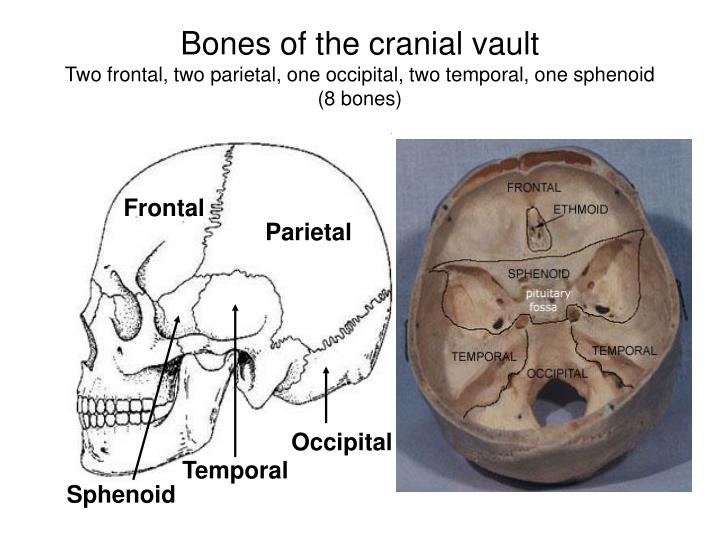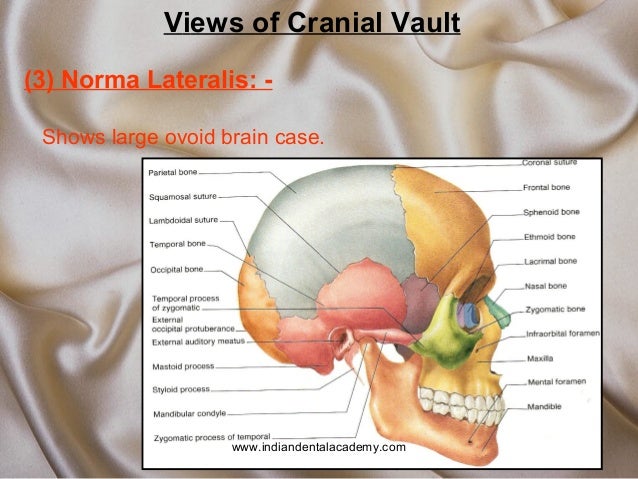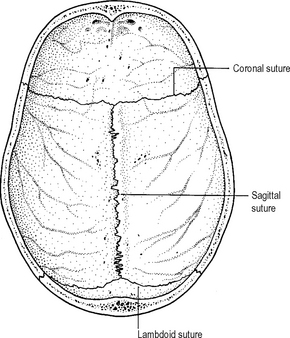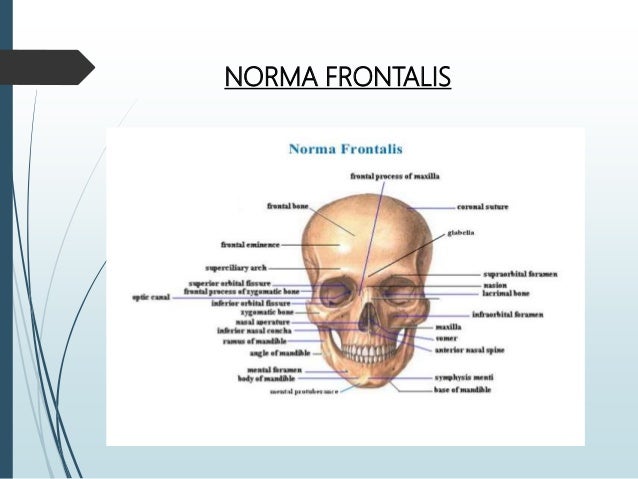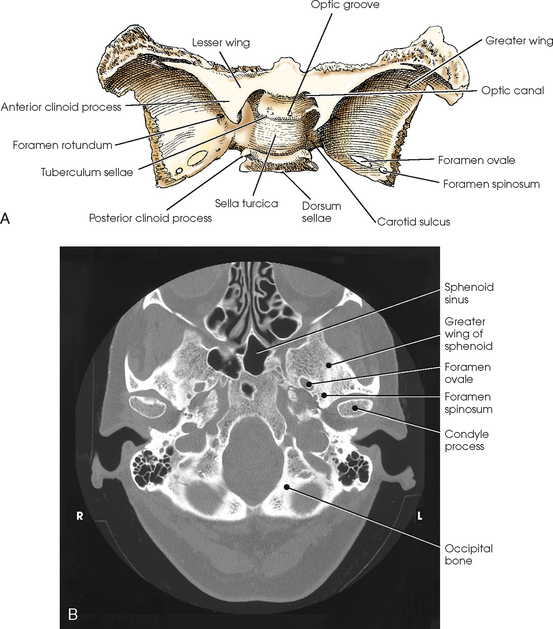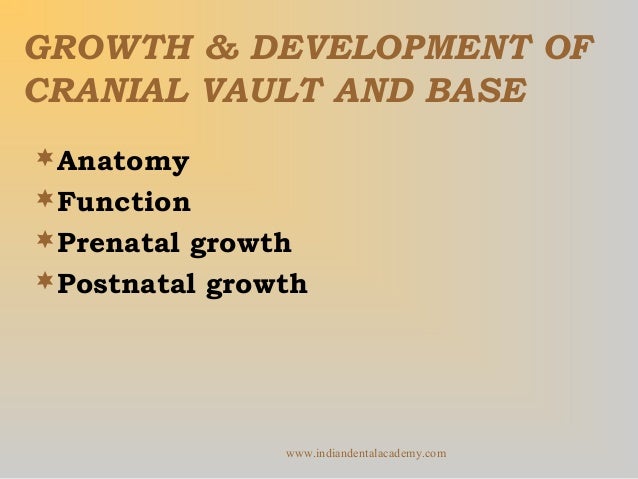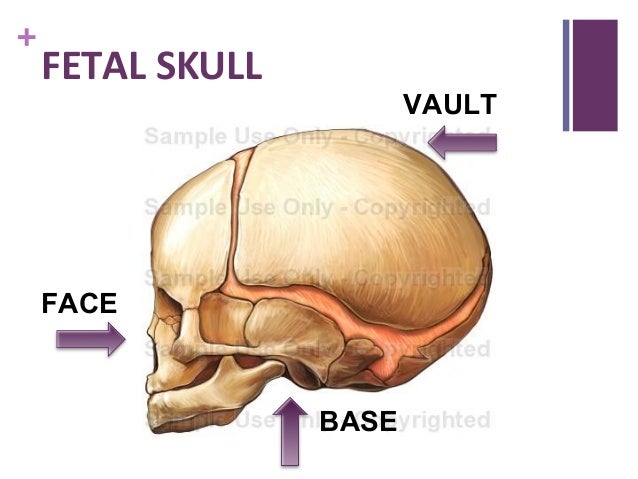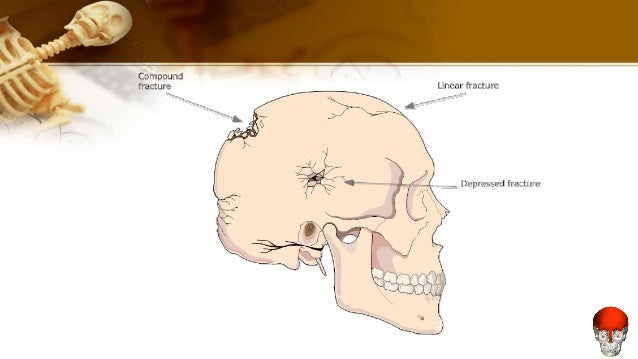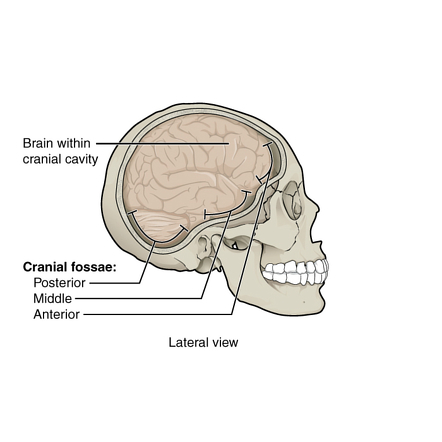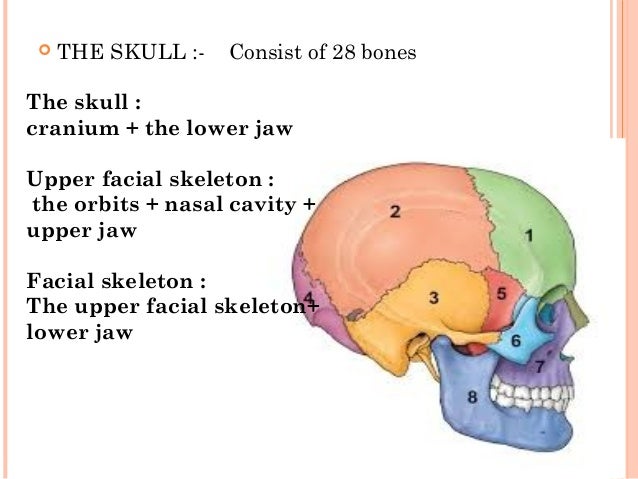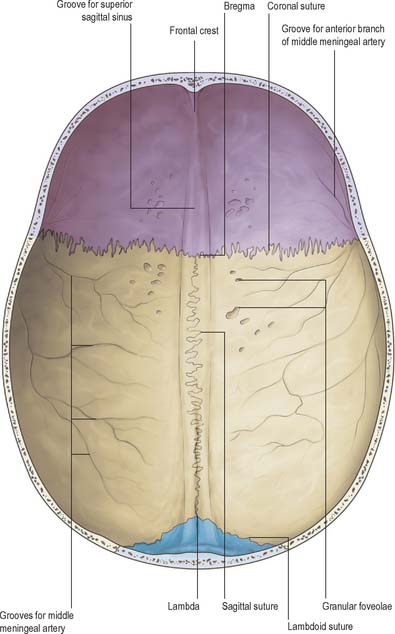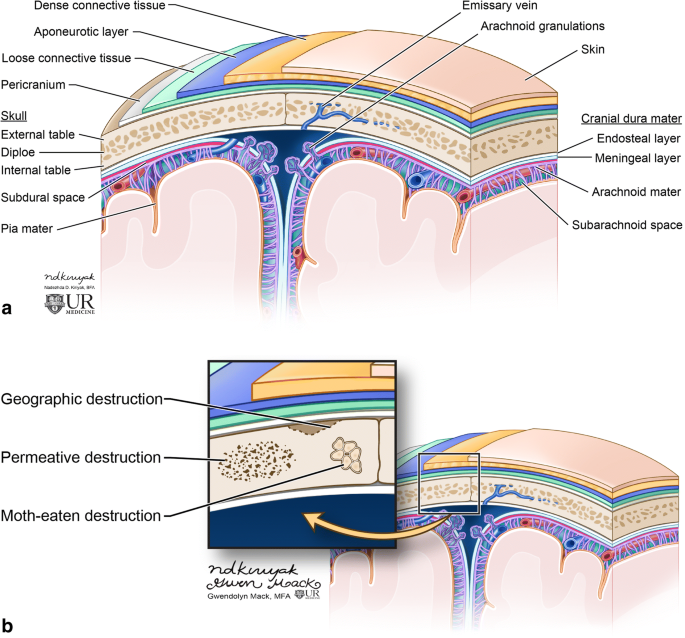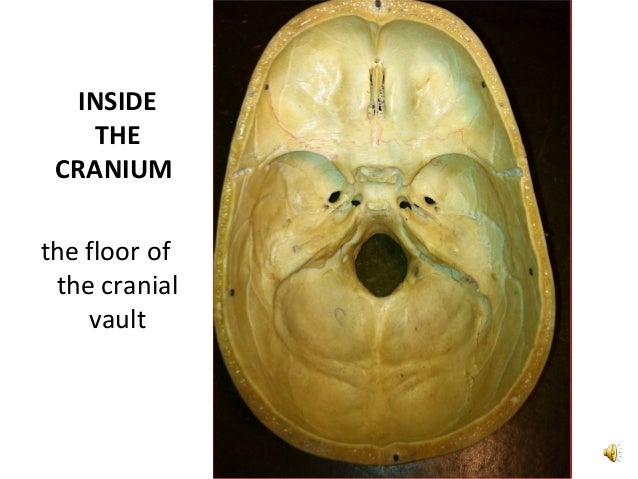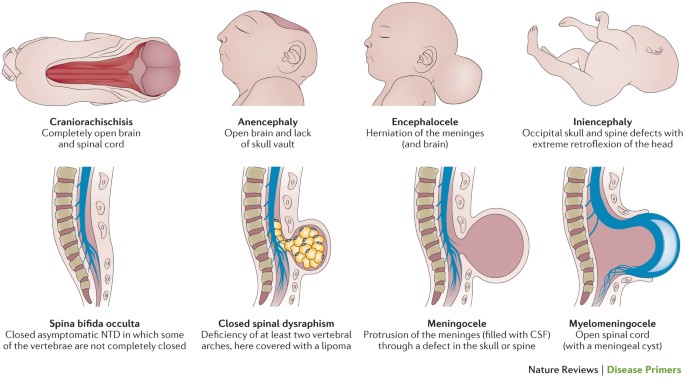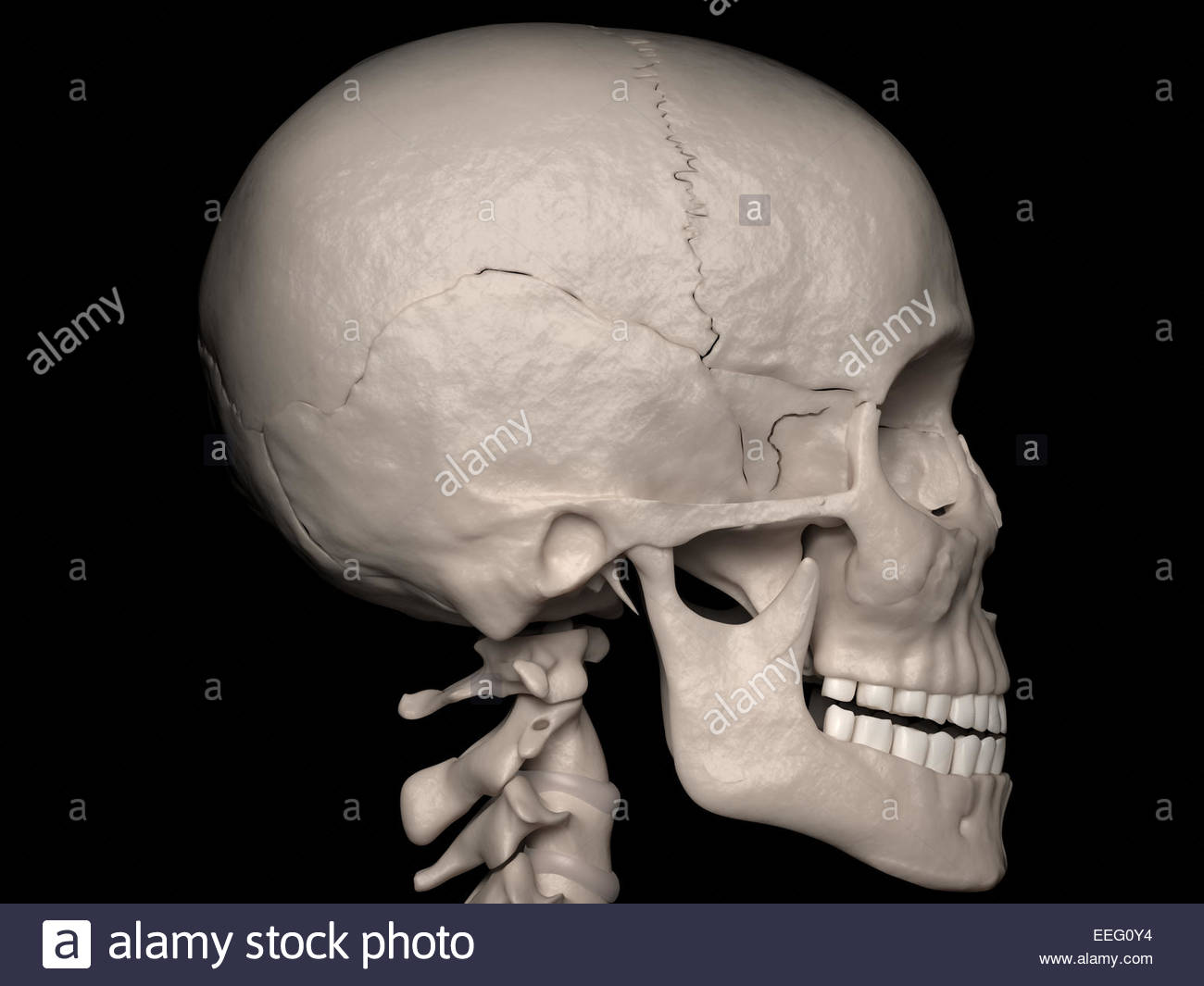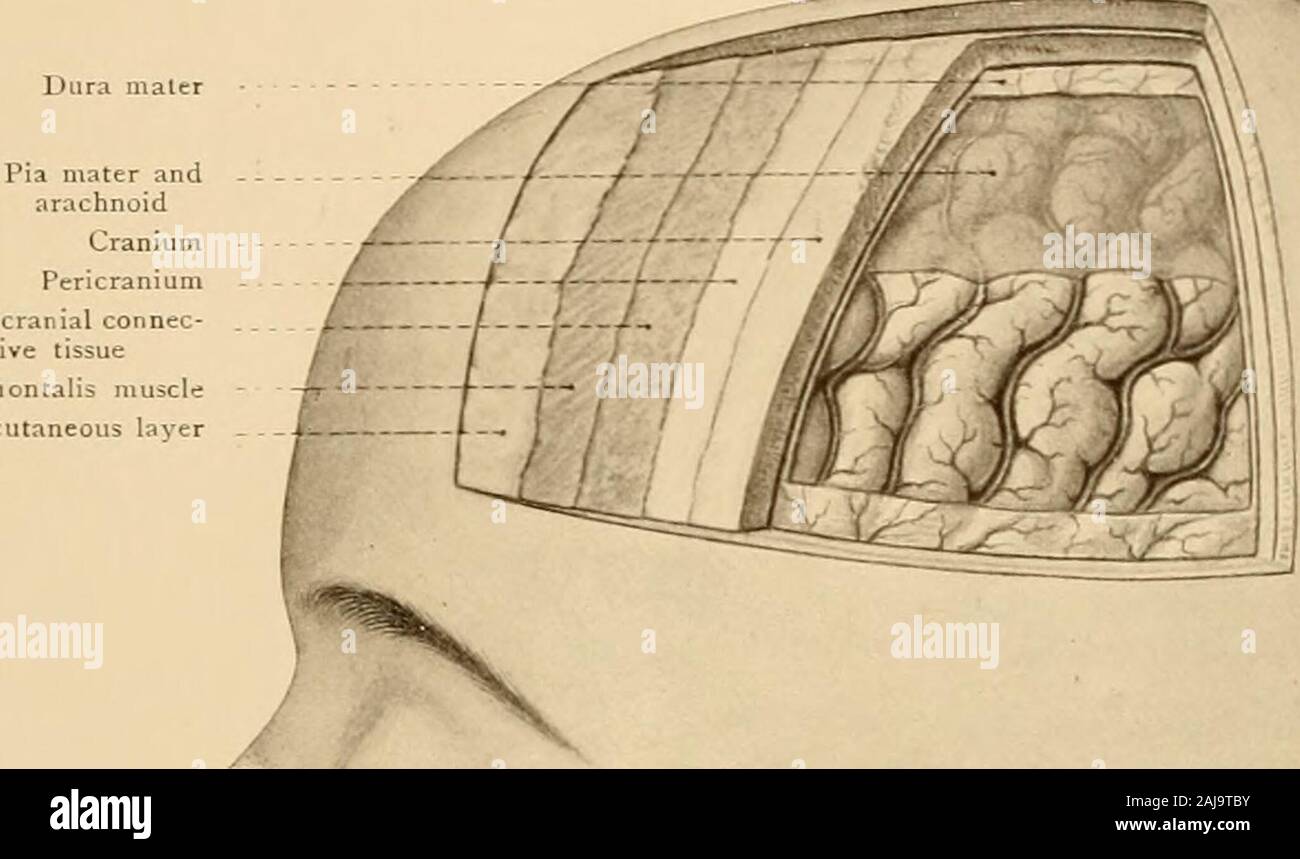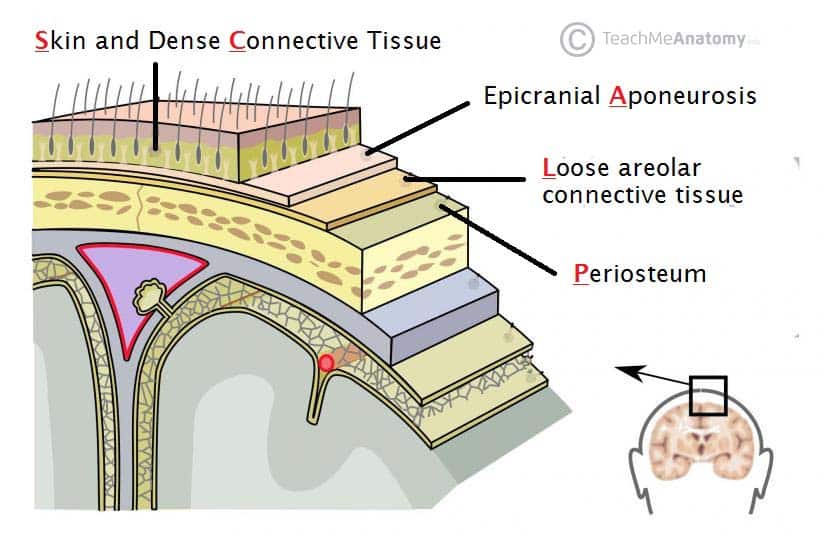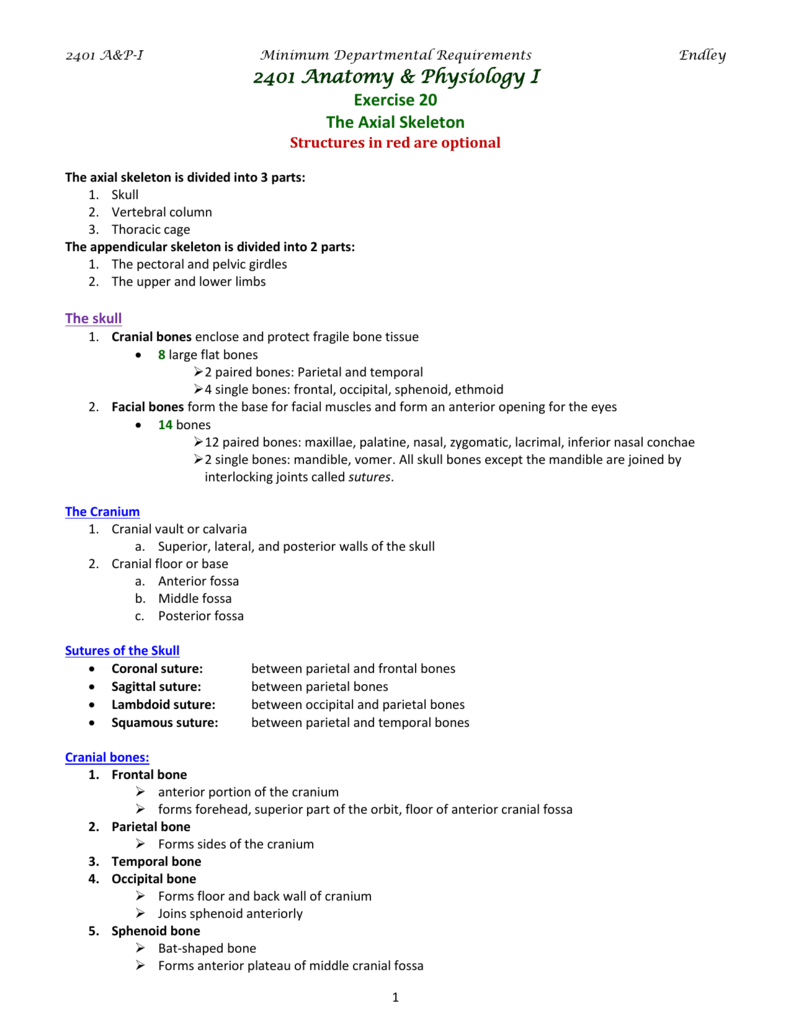The Floor Of The Cranial Vault And Its Anatomy

The picture also helps us to view the cranial vault in its natural position.
The floor of the cranial vault and its anatomy. Frontal sinus outlined in orange. Instead the skull is composed of loosely jointed bones. The sphenoid bone is a butterfly shaped cranial bone that is located in the middle of the skull between the frontal and temporal bones. The cranial vault and the base of skull together form the neurocranium.
The cranium skull is the skeletal structure of the head that supports the face and protects the brain it is subdivided into the facial bones and the brain case or cranial vault figure 6 16 the facial bones underlie the facial structures form the nasal cavity enclose the eyeballs and support the teeth of the upper and lower jaws. Anterior cranial fossa middle cranial fossa posterior cranial fossa definition. The cranial floor is at a distinct angle starting at the level of the frontal sinus and continuing at an angle to include the small pocket that contains the cerebellum. The cranium skull is the skeletal structure of the head that supports the face and protects the brain it is subdivided into the facial bones and the brain case or cranial vault figure 1 the facial bones underlie the facial structures form the nasal cavity enclose the eyeballs and support the teeth of the upper and lower jaws.
There are four such hollow spaces in the brain that house cerebrospinal fluid csf. The cranial vault is composed of the endocranium forming the basal parts topped by the skull roof in land vertebrates. Gross anatomy structures present in the midline of the anterior cranial fossa from anterior to posterior are. This space is therefore occupied by a clear fluid that suspends the brain within the cranial vault.
Or temporal squama pars squamosa. The cranium skull is the skeletal structure of the head that supports the face and protects the brain. It is subdivided into the facial bones and the brain case or cranial vault the facial bones underlie the facial structures form the nasal cavity enclose the eyeballs and support the teeth of the upper and lower jaws. The cranial vault as a distinct unit arose with the fusion of the skull roof and the endocranium on the early labyrinthodonts.
The cranial cavity contains the brain pineal and hypophysis cerebri parts of the cranial and spinal nerves blood vessels meninges and cerebrospinal fluid. The anterior cranial fossa constitutes the floor of the cranial vault which houses the frontal lobes of the brain. Skull cranial floor bone markings part 2 temporal bone. You can see this small indentation at the bottom of the neurocranium.
In fishes no distinct cranial vault as such exists. Contents of cranial cavity. Two lateral ventricles a third ventricle and a fourth ventricle. The inside view of cranium is known as cranial cavity.

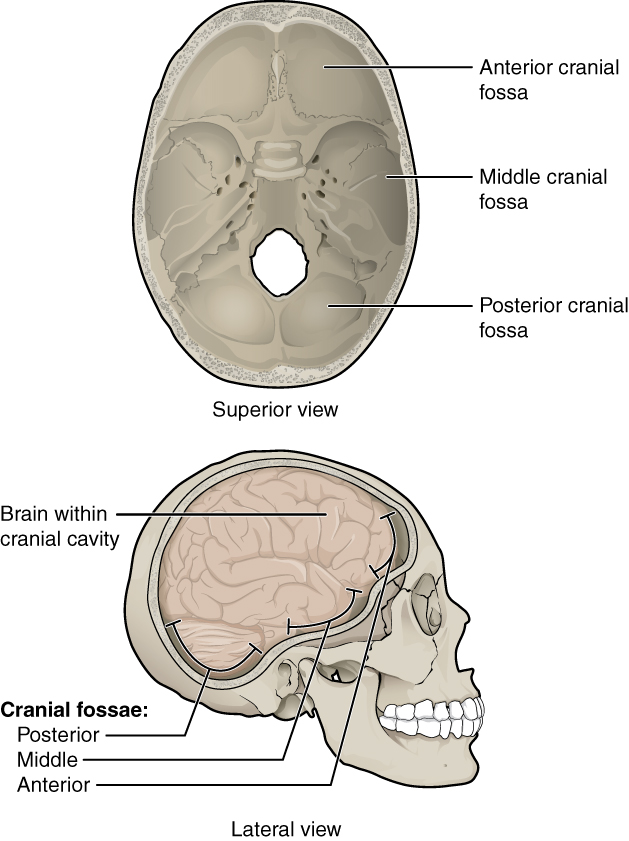
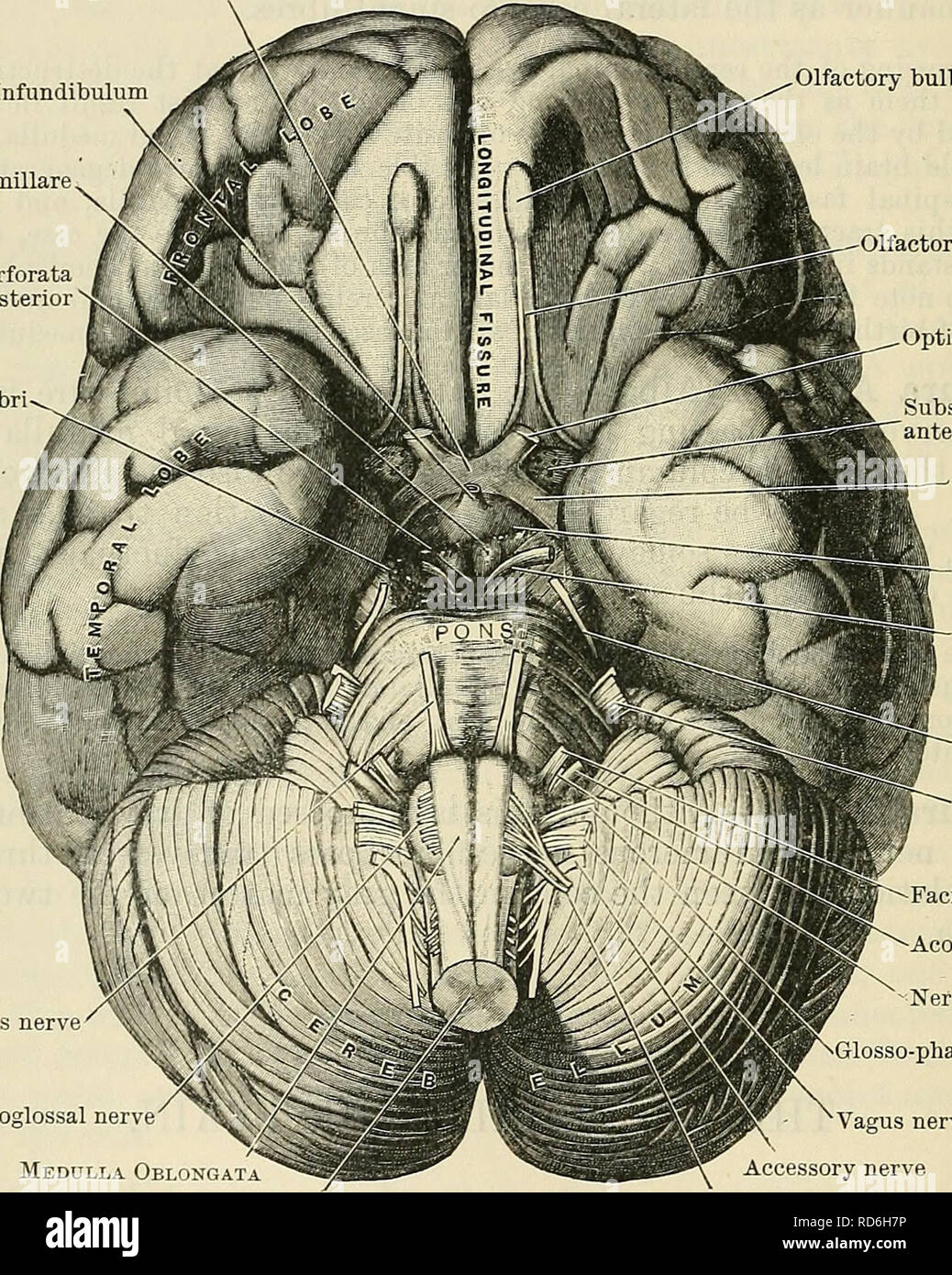


:background_color(FFFFFF):format(jpeg)/images/library/7562/inferior-base-of-the-skull_english.jpg)

